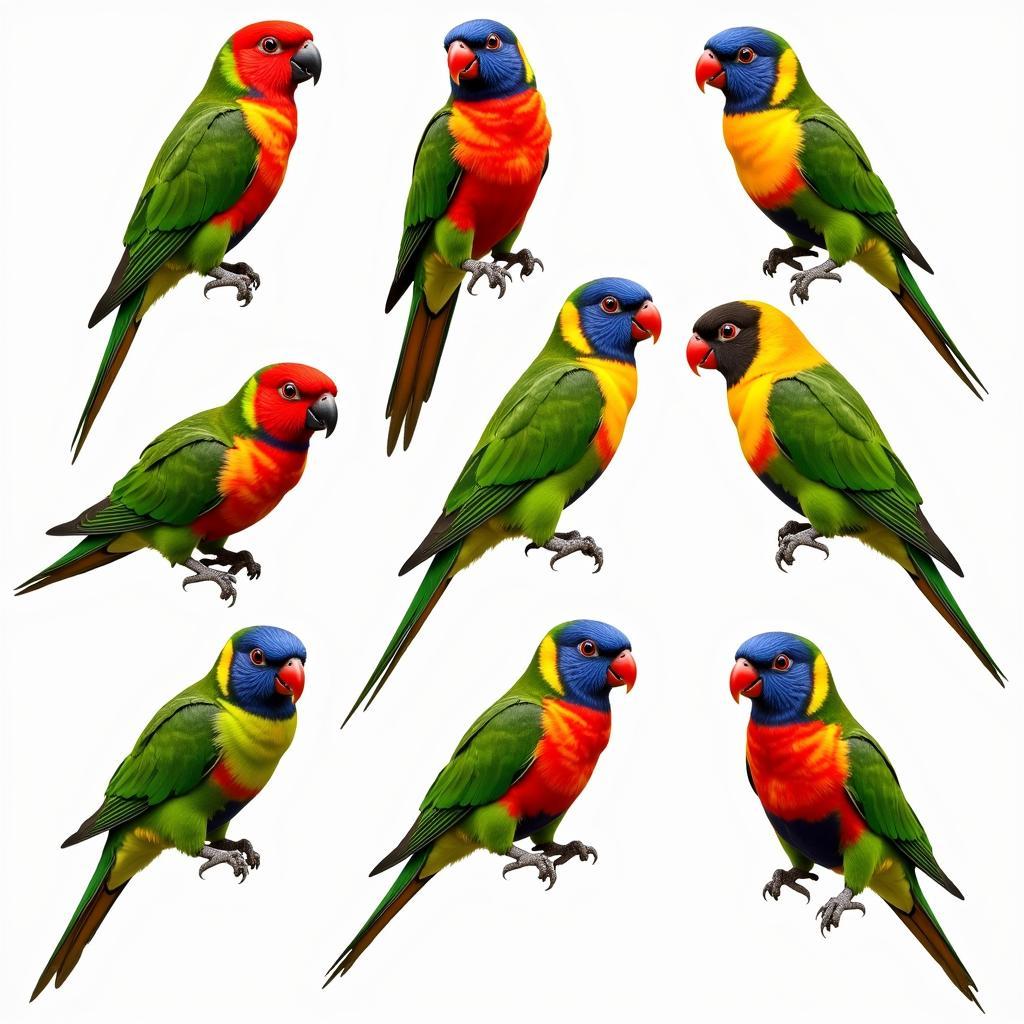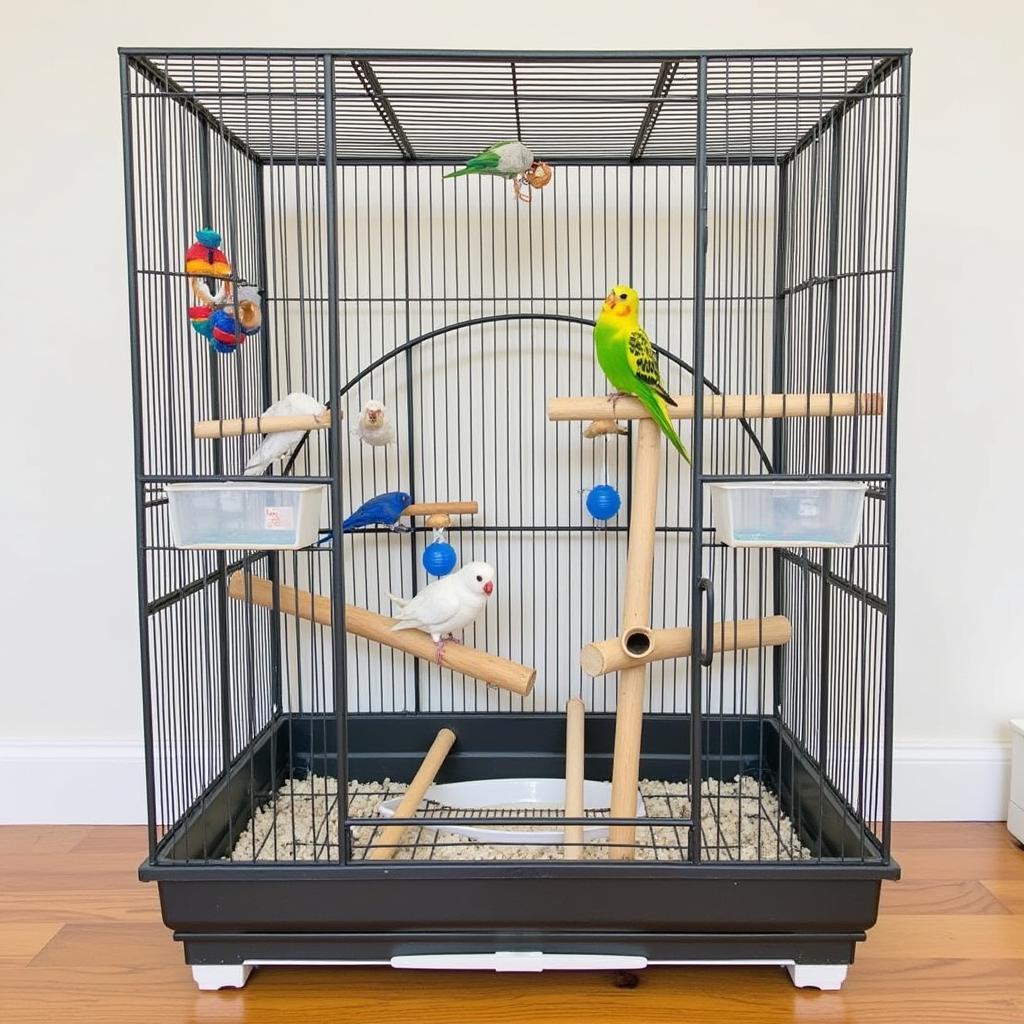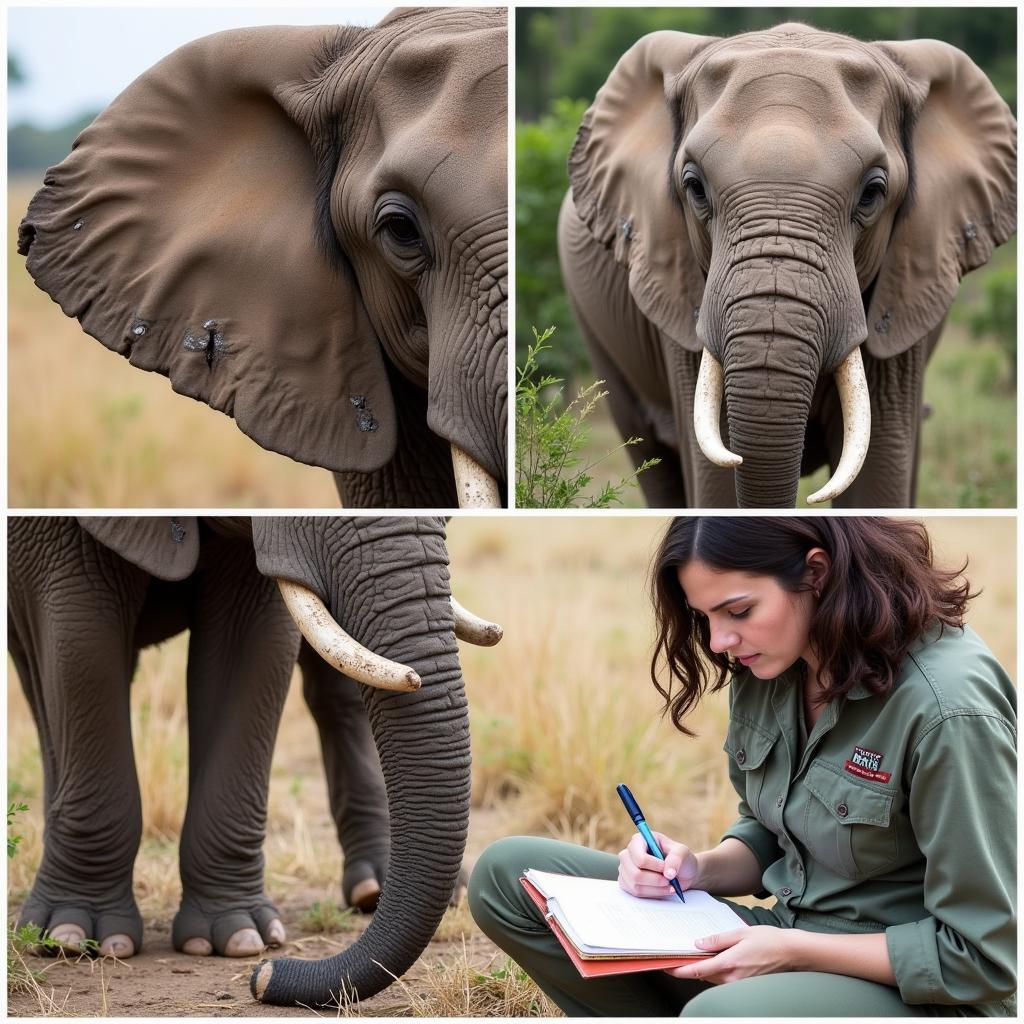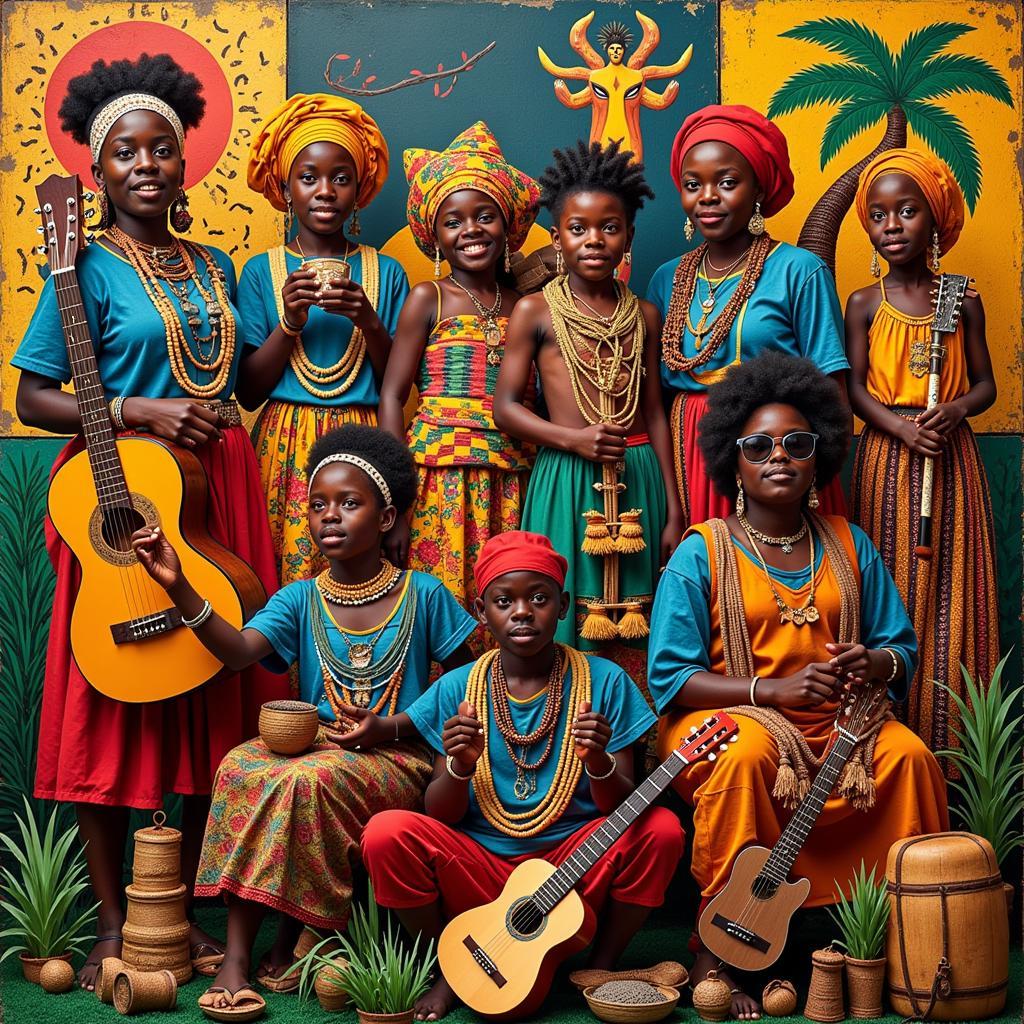All About African Lovebirds: A Guide to These Charming Companions
African lovebirds, known for their vibrant plumage and affectionate nature, are captivating birds that have stolen the hearts of bird enthusiasts worldwide. These small parrots, native to the African continent, are social creatures that thrive in pairs or small flocks. Their playful antics, charming chatter, and undeniable beauty make them a popular choice for both novice and experienced bird owners.
Let’s delve into the enchanting world of African lovebirds, exploring their different species, unique characteristics, and essential care requirements.
Unveiling the Diversity of African Lovebirds: Species and Their Origins
The term “African lovebirds” encompasses nine distinct species, each boasting its own unique charm and characteristics:
-
Peach-faced Lovebird (Agapornis roseicollis): Arguably the most popular species, recognized by their rosy-pink faces and vibrant green bodies. They are native to southwestern Africa.
-
Masked Lovebird (Agapornis personatus): Identified by their black heads, bright yellow collars, and green bodies. They hail from Tanzania and Kenya.
-
Fischer’s Lovebird (Agapornis fischeri): Known for their bright green bodies, orange heads, and blue rumps. They originate from Tanzania.
-
Black-cheeked Lovebird (Agapornis nigrigenis): Similar in appearance to the Peach-faced Lovebird, but with black cheeks and a darker green body. They are found in southwestern Zambia.
-
Lilian’s Lovebird (Agapornis lilianae): Closely related to the Peach-faced Lovebird, with a rosy-pink face that extends further down the chest. They are native to a small region of east-central Africa.
-
Black-collared Lovebird (Agapornis swindernianus): Distinguished by their green bodies and a black collar around the neck. They are found in central Africa.
-
Red-faced Lovebird (Agapornis pullarius): Recognized by their bright orange faces and green bodies. They inhabit a wide range across sub-Saharan Africa.
-
Madagascar Lovebird (Agapornis canus): The smallest lovebird species, with males sporting grey heads and green bodies, while females are primarily green. They are endemic to Madagascar.
-
Abyssinian Lovebird (Agapornis taranta): The largest lovebird species, with green bodies and red foreheads. They are found in the Ethiopian Highlands.
 African Lovebirds Species Diversity
African Lovebirds Species Diversity
Navigating the Lovebird Labyrinth: Choosing the Right Species for You
While all African lovebirds share common traits, each species has a unique personality and care requirements. When choosing a type of African lovebird, consider factors such as:
-
Noise Level: Some species, like the Peach-faced Lovebird, are known to be quite vocal, while others, like the Madagascar Lovebird, are relatively quieter.
-
Space Requirements: All lovebirds need a spacious cage to accommodate their active nature. However, larger species may require even more room.
-
Experience Level: Some species, like the Fischer’s Lovebird, are known to be nippy and might be more suitable for experienced bird owners.
-
Availability: Certain species, like the Black-cheeked Lovebird, are endangered and might be challenging to find.
Creating a Nurturing Haven: Essential Care for Your Feathered Friend
Providing a safe, stimulating, and loving environment is crucial for the well-being of your African lovebird. Here are some essential care tips:
Housing: A Spacious Sanctuary for Your Avian Companion
-
Cage Size: A spacious cage, at least 24 inches wide, 24 inches deep, and 36 inches tall, is ideal for a pair of lovebirds.
-
Perches: Provide a variety of perches with different textures and diameters to promote foot health.
-
Toys: Lovebirds are intelligent birds that thrive on mental stimulation. Provide a rotating selection of toys, such as foraging toys, bells, and swings.
Diet: Nourishing Your Lovebird’s Body and Soul
-
Pellets: High-quality pellets should constitute the majority of a lovebird’s diet (60-70%).
-
Fruits and Vegetables: Offer a variety of fresh fruits and vegetables daily (20-30%).
-
Seeds: Seeds should be given sparingly as treats (10%).
-
Fresh Water: Provide access to fresh, clean water at all times.
Socialization and Enrichment: Fostering a Happy and Healthy Bond
-
Interaction: Lovebirds are highly social creatures that crave interaction. Spend quality time with your feathered friend daily, engaging in activities like talking, playing, and training.
-
Bathing: Provide a shallow dish of water for your lovebird to bathe in a few times a week.
-
Veterinary Care: Regular checkups with an avian veterinarian are essential for preventative care and early detection of any health issues.
 Creating a Stimulating Environment for an African Lovebird
Creating a Stimulating Environment for an African Lovebird
Lovebird Language: Decoding Their Chattering and Body Language
Understanding your lovebird’s vocalizations and body language is key to building a strong bond.
-
Chirping and Chattering: Lovebirds are naturally vocal and use a variety of chirps and whistles to communicate.
-
Purring: A soft, rumbling sound often indicates contentment.
-
Screaming: Loud, high-pitched screams can signal distress, fear, or boredom.
-
Wing-Flipping: Rapid wing-flipping can be a sign of excitement or a way to stretch their wings.
-
Tail-Wagging: Similar to dogs, lovebirds may wag their tails when they are happy or excited.
FAQs: Addressing Your Lovebird Queries
Q: How long do African lovebirds live?
A: With proper care, African lovebirds can live for 10-15 years, and some may even live into their 20s.
Q: Are African lovebirds good for beginners?
A: While some species are suitable for beginners, it’s important to research and choose a species that aligns with your experience level.
Q: Do African lovebirds need to be kept in pairs?
A: Yes, African lovebirds are highly social and thrive in pairs. Keeping them alone can lead to loneliness and behavioral issues.
Q: Can African lovebirds learn to talk?
A: While they are not as proficient talkers as some larger parrots, some African lovebirds can learn to mimic words and phrases.
Q: What are the signs of a sick lovebird?
A: Signs of illness include lethargy, loss of appetite, feather plucking, discharge from the eyes or nostrils, and difficulty breathing.
Exploring the World of African Lovebirds
From their vibrant colors to their playful personalities, African lovebirds bring joy and companionship to bird lovers around the world. By understanding their unique needs and providing a nurturing environment, you can ensure your feathered friend leads a happy and fulfilling life.
For those captivated by these charming creatures, delve deeper into the captivating world of African birds and explore the diverse avian wonders this continent offers.



